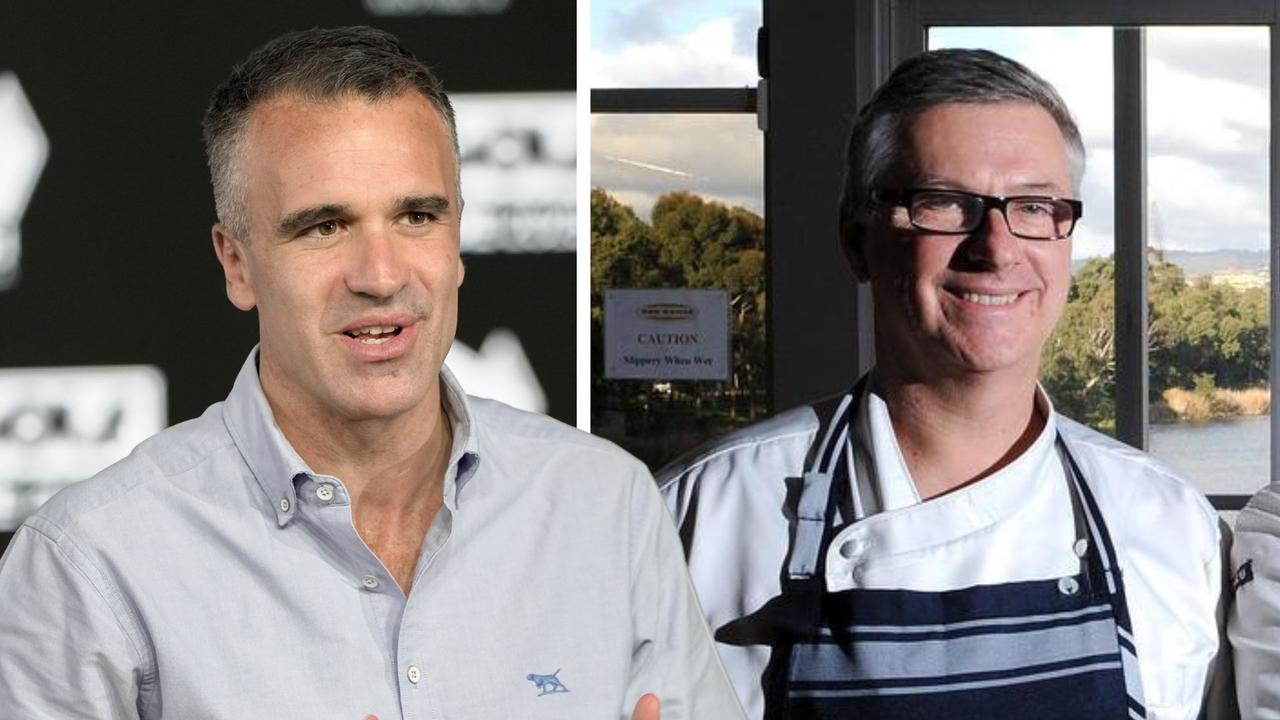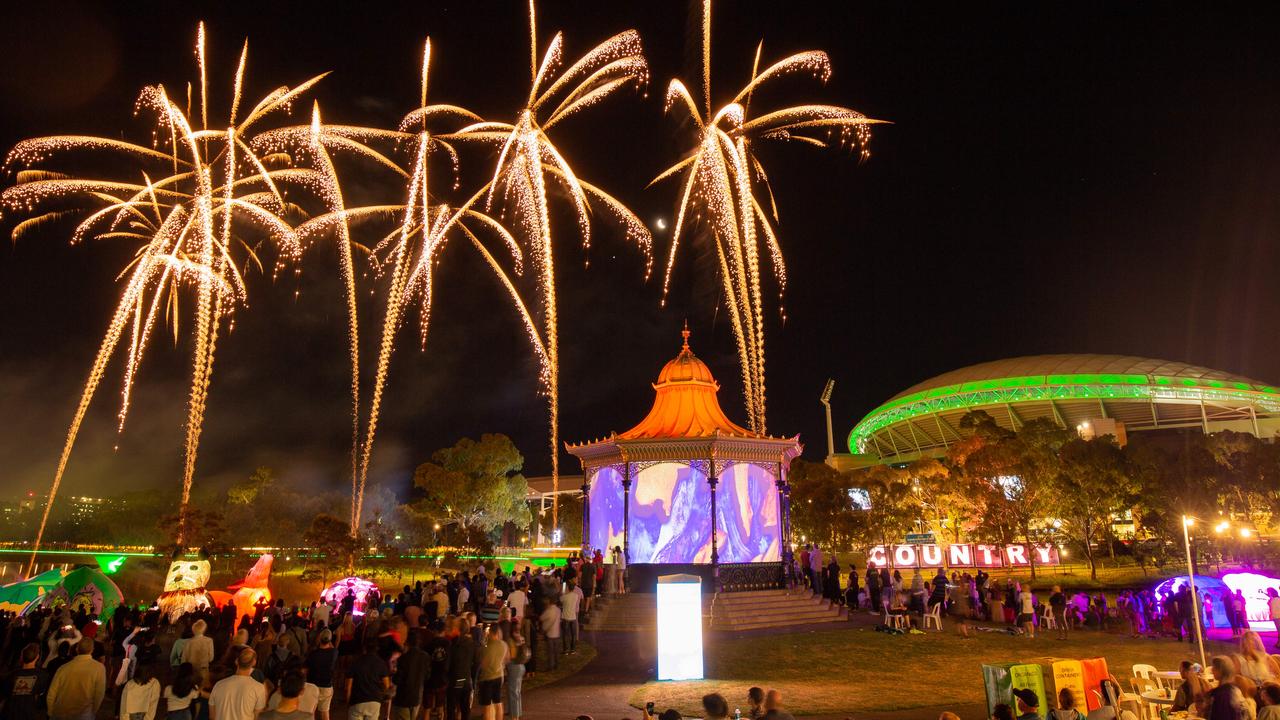Spending in Adelaide CBD is solid, but vacancy rates are high
COVID chaos caused vacancy rates in the CBD to double last year – and they’re not bouncing back. But it’s not all bad news for the city.
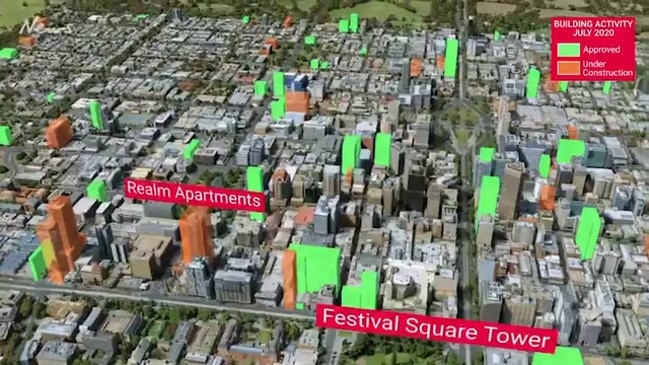
City
Don't miss out on the headlines from City. Followed categories will be added to My News.
The CBD and North Adelaide continue to struggle with vacancies, with large numbers of people still working from home despite the easing of restrictions in the wake of the COVID-19 pandemic.
None of the area’s main trading streets have recovered from last year’s occupancy slump, with a total of 995 premises recording a vacancy rate of 13 per cent – or 127 properties.
Property Council executive director Daniel Gannon said employers were allowing their staff to work remotely, which had created a challenge for those in the CBD to entice people back.
“It is incumbent on decision-makers, landlords and those invested in the future of CBDs to encourage and entice people back to the workplace,’’ Mr Gannon said of a predicament being experienced in most capital cities in the wake of the COVID-19 pandemic.
Lord Mayor Sandy Verschoor said while Adelaide was weathering the health impacts of the COVID-19 crisis, global trends such as the shift to more flexible work arrangements were having an impact.
“The closure of international borders and intermittent closure of state borders has also impacted tourism and international education, and therefore city visitation,’’ she said.
Rundle Mall has proven the most resilient street, with a 2018 vacancy rate of 6 per cent increasing to only 8.3 per cent during COVID-19 and remaining at that rate this month.
But some streets’ 2018 vacancy rates doubled during the worst of COVID-19 in 2020 and remain there this month; Rundle Street 6 per cent, 13 per cent, and 14 per cent, Hutt St 6 per cent, 12 per cent and 12 per cent.
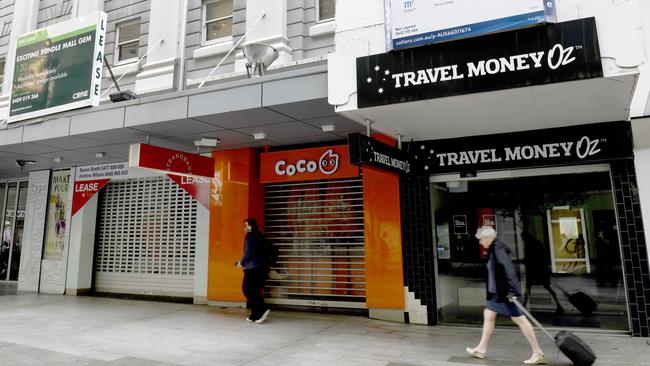
Hindley Street increased from 10 per cent to 14 per cent and remained there this month, O’Connell Street recorded 8, 14 and 14 per cent, and Melbourne Street 7, 13 and 11 per cent.
Gouger Street has staged the best recovery, staring with 6 per cent vacancy in 2018, blowing out to 17 per cent in 2020 but recovering to 13 per cent this month.
Ms Verschoor said interstate statistics showed Adelaide had the third-best occupancy rate behind Darwin and Hobart.
SA’s share of online shopping increased by 32 per cent from 12.7 per cent to 16. 7 per cent but Rundle Mall sales dropped 12 per cent and Westfield shopping centres by 6 per cent.
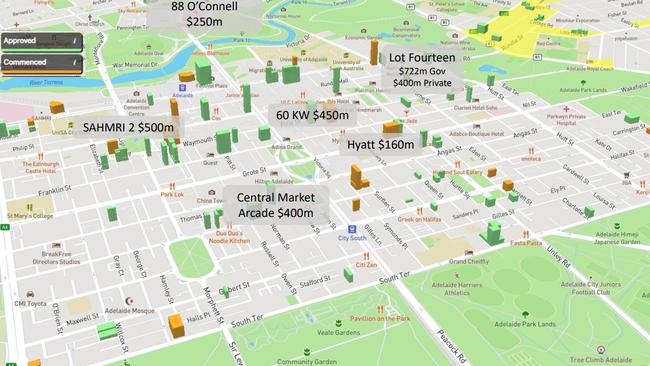
After a year-on-year slump in city visitation of 65 per cent in April last year, this recovered to a 15 per cent deficit before again slumping by 50 per cent in November.
All spending in Adelaide and SA has maintained a stable trend other than during April 2020 when it was slashed by half.
Ms Verschoor said the report also identified $2.8b of tower developments planned for the city and North Adelaide.
“Significant property developments are in train, such as SAHMRI2, 60 King William and the Marriott Hotel. Council is also progressing 88 O’Connell and the Central Market Arcade Redevelopment,’’ she said.
.
Interstate visitors to SA dropped 32 per cent from 2019 to 2020.



